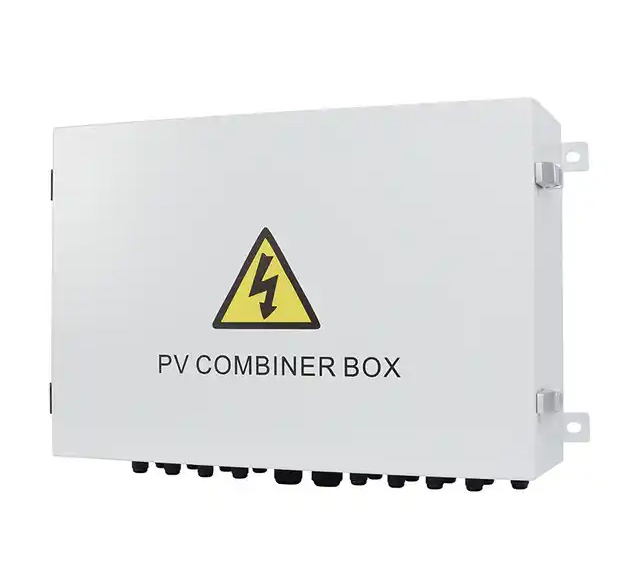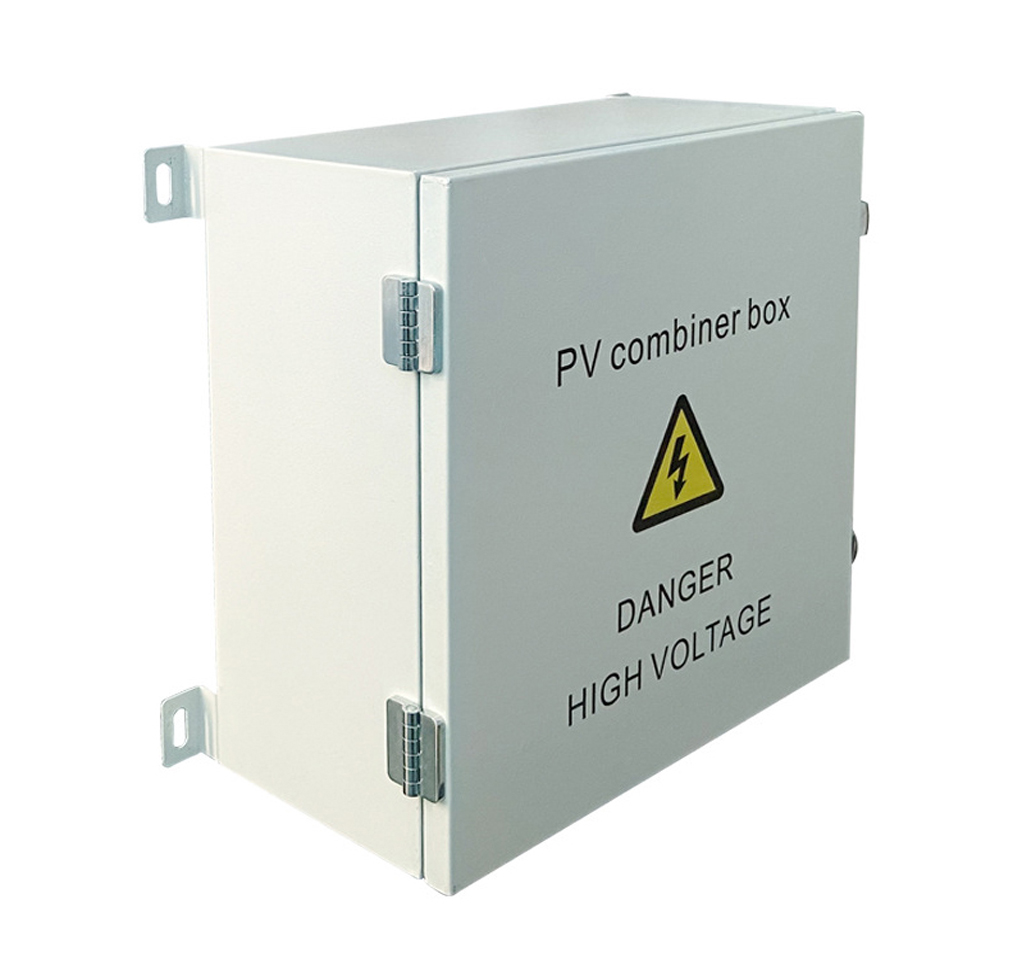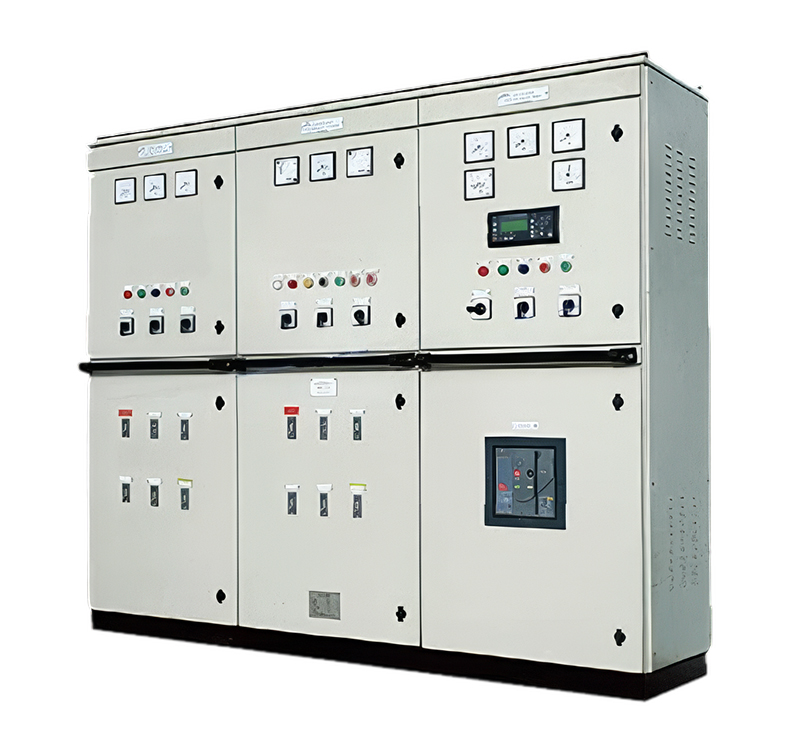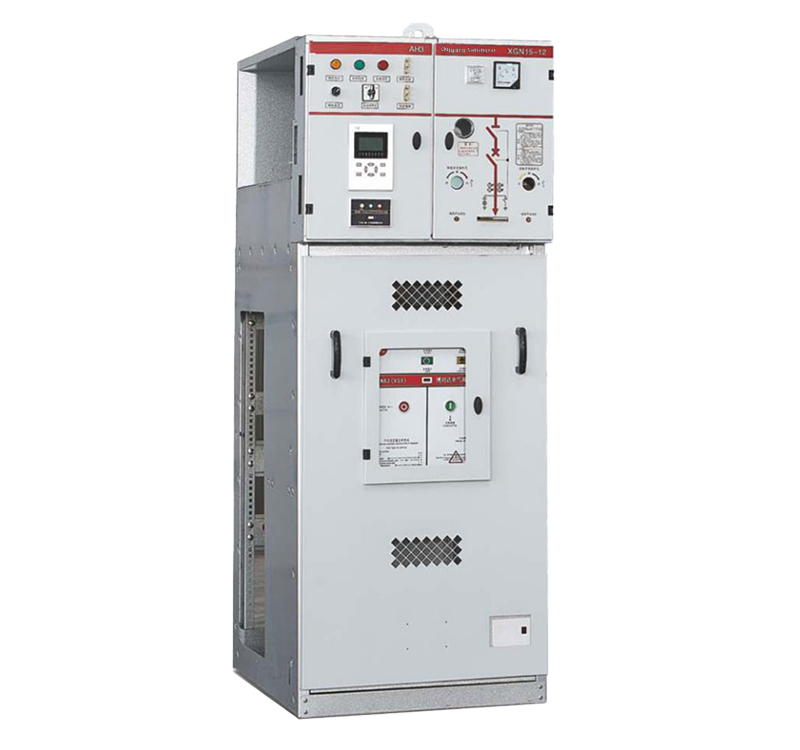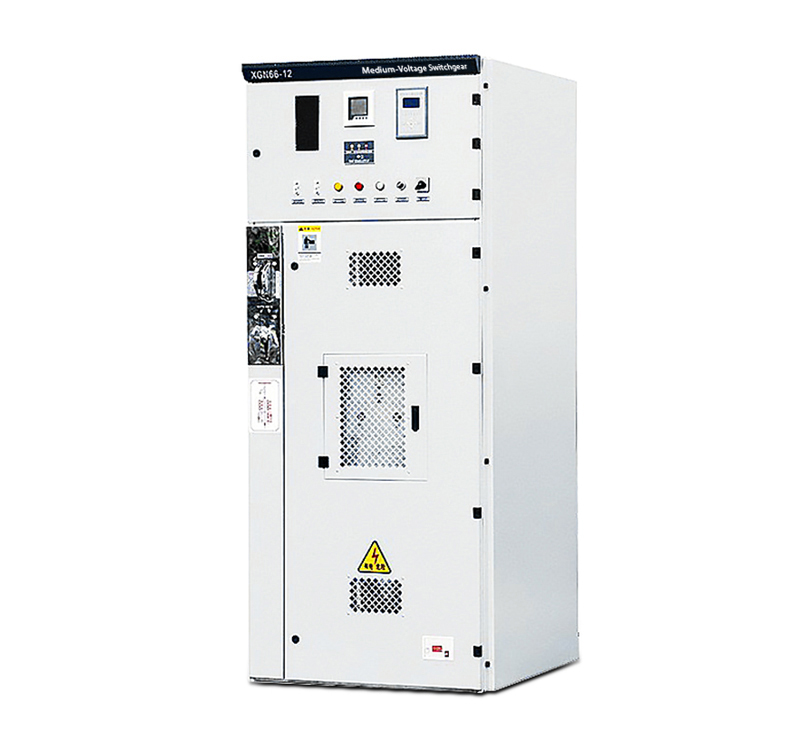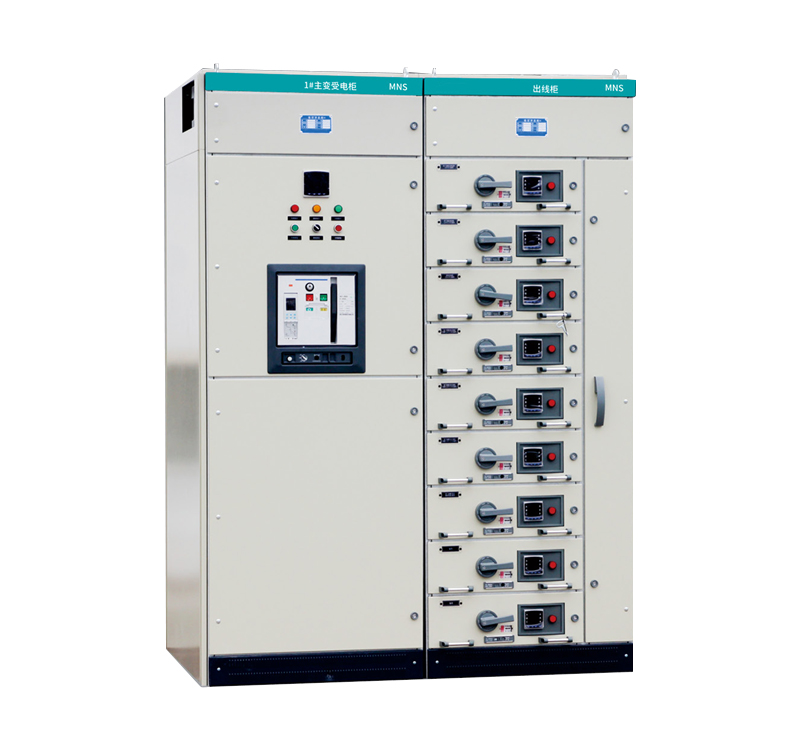
The global switchgear industry is currently in a stage of rapid development. Its current status and future opportunities can be comprehensively analyzed from the following aspects:
1. Development Status
1)Sustained Growth in Market Scale
The global switchgear market size was $100.43 billion in 2019 and is projected to reach $242.53 billion by 2032, with a compound annual growth rate (CAGR) of 6.89%. This growth is primarily driven by increasing global electricity demand, power grid upgrades, and the rapid development of renewable energy. However, there are differences in segmented markets. For example, the global electrical switchgear market revenue was 1.313 billion RMB in 2024, expected to reach 1.615 billion RMB by 2030, with a CAGR of 3.51%, possibly due to variations in statistical scopes (e.g., low-voltage, medium-voltage, and high-voltage segments).
2)Significant Regional Differentiation
Asia-Pacific Dominates the Market: The Asia-Pacific region accounted for 43.61% of the global market share in 2019. Countries like China and India have strong demand for power infrastructure due to accelerated industrialization and urbanization. In 2024, China’s electrical switchgear market size reached 346 million RMB, with new energy base construction in central and western regions (e.g., photovoltaic projects in Ningxia and Inner Mongolia) further boosting demand.
Europe and North America Lead in Technology: North America and Europe excel in smart grids and green energy. The U.S. drives market growth through renewable energy integration and grid modernization, with its market value expected to reach $24.4 billion by 2032. Europe promotes the application of eco-friendly switchgear (e.g., SF₆-free gas) through the Green New Deal and smart grid initiatives, with enterprises like Schneider and ABB dominating the high-end market.
3)Diversified Technological Trends
Intelligence and Digitalization: Switchgear integrates IoT, digital twin, and predictive maintenance functions to enable remote monitoring and data analysis. For instance, Schneider’s MVnex high-voltage switchgear integrated with the EcoStruxure™ platform reduces fault response time from hours to minutes.
Application of Environmentally Friendly Materials: SF₆-free gas insulation technology has become mainstream. ABB’s PrimeGear™ ZX0 switchgear uses dry air or AirPlus gas, reducing greenhouse effects to atmospheric levels, and has been widely applied in projects like Xiong’an New Area. Vacuum insulation and eco-friendly epoxy resin materials are also widely promoted.
Modular and Prefabricated Design: Modular design improves installation efficiency and shortens delivery cycles. For example, the penetration rate of modular switchgear in the rail transit sector reaches 42%, and customized demand for high-temperature-resistant switchgear in data centers increases by 25% annually.
4)Competitive Landscape of Key Manufacturers
International Giants Dominate the High-End Market: Schneider, ABB, and Siemens account for approximately 30% of the global medium-voltage switchgear market share, particularly leading in high-end fields such as data centers and new energy. Schneider’s MVnex holds about 20% of the data center market, while ABB’s PrimeGear™ ZX0 leads in environmental protection.
Rapid Rise of Chinese Manufacturers: Enterprises like Chint and Delixi occupy a large share in the mid-to-low-end market by vertically integrating supply chains to reduce costs. In 2023, the market share of domestic vacuum circuit breakers in 40.5kV-class products exceeded 75%, and the penetration rate of intelligent switchgear reached 51%.
2. Future Opportunities
1)Large-scale Integration of Renewable Energy
The grid connection demand for distributed energy sources such as wind and solar power drives the upgrading of switchgear. For example, photovoltaic power stations require switchgear to support high short-circuit withstand capability and fast switching functions, and the integration of energy storage systems further 催生 new demands. It is expected that the demand for switchgear in the new energy sector will grow at an annual rate of over 20% by 2030.
2)Smart Grid and Digital Transformation
Smart grid construction plans in various countries (e.g., China’s 14th Five-Year Plan, the EU Green New Deal) drive the demand for intelligent switchgear. Devices with remote control, real-time monitoring, and data analysis functions will become mainstream, with the penetration rate of intelligent products expected to reach 54% by 2030.
3)Upgrading of Aging Power Grids and Growth in Emerging Markets
Approximately 30% of global power grid equipment has not been updated for over 25 years, releasing continuous demand for upgrades. Meanwhile, emerging markets like India and Southeast Asia have become important growth points due to accelerated power infrastructure construction. For example, India plans to achieve 1,847 TWH of power growth by 2022, directly driving switchgear demand.
4)Integration of Energy Storage Systems and Microgrids
The popularization of energy storage technologies requires switchgear to support charging-discharging switching and grid frequency modulation functions. For instance, a certain energy storage power station using Schneider MVnex switchgear achieves charging-discharging switching within ≤20ms and grid frequency modulation accuracy of 0.1Hz. In the next five years, the market share of switchgear in the new energy sector is expected to grow by 5% annually.
5)Driven by Green Energy and Environmental Policies
Carbon neutrality goals in various countries promote the development of eco-friendly switchgear. The EU’s F-Gas regulations restrict SF₆ use, surging demand for SF₆-free gas-insulated switchgear. It is expected that the market share of eco-friendly switchgear in the Asia-Pacific region will increase to 15% by 2030.
6)Modular and Prefabricated Solutions
Modular design can shorten project cycles by 30% and reduce installation costs. For example, the replacement efficiency of modular switchgear in subway projects increases by 70%, suitable for infrastructure projects requiring rapid deployment.
3. Challenges and Responses
1)Fluctuations in Raw Material Prices
Metals like copper and aluminum account for 30%-40% of switchgear costs, with price fluctuations directly affecting profits. Leading enterprises lock in 60%-70% of annual copper usage through futures hedging, while small and medium-sized enterprises need to optimize product structures to hedge risks.
2)Technical Standards and Compliance Costs
Divergent regional standards (e.g., UL in North America, IEC in Europe) increase export difficulties. Enterprises need to strengthen localized R&D. For example, Schneider quickly adapts to China’s market needs through authorized cooperation models.
3)Intensified Competition and Differentiated Innovation
International brands squeeze the market through price reductions, and domestic enterprises need to accelerate the domestic substitution of core components. For instance, technology enterprises like Huawei and Alibaba Cloud cross over to launch intelligent power distribution solutions, driving industry technological competition.
4. Conclusion
Driven by policy support, technological innovation, and energy transition, the global switchgear industry will maintain steady growth. In the future, intelligence, environmental protection, and modularization will become core trends, while renewable energy, smart grids, and emerging markets will be the main growth poles. Enterprises need to focus on technological R&D, localized strategies, and supply chain management to address raw material fluctuations and competitive pressures and seize industry transformation opportunities.
